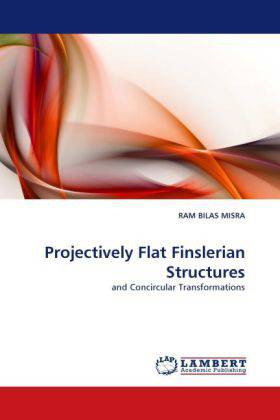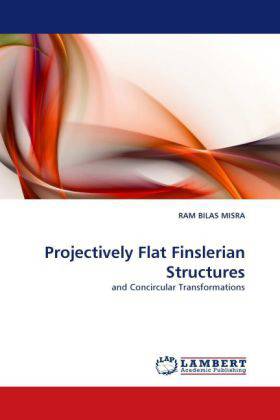
- Afhalen na 1 uur in een winkel met voorraad
- Gratis thuislevering in België vanaf € 30
- Ruim aanbod met 7 miljoen producten
- Afhalen na 1 uur in een winkel met voorraad
- Gratis thuislevering in België vanaf € 30
- Ruim aanbod met 7 miljoen producten
Zoeken
Projectively Flat Finslerian Structures
and Concircular Transformations
Ram Bilas Misra
Paperback | Engels
€ 48,45
+ 96 punten
Omschrijving
Summary 1. Projectively flat Finsler spaces were introduced by Douglas [2], and studied by Berwald [1] for 2-dimension. Okumura [11] gave certain properties of projectively flat non-Riemannian spaces admitting concircular and torse-forming vector fields in association with symmetric and recurrent properties of their curvature tensors. Meher [3] studied projective flatness in a Finsler space when Berwald's curvature tensor is recurrent. He derived relations connecting the curvature tensor and the recurrence vector. Pandey [13] derived a necessary and sufficient condition for the projective flatness of a Finsler space in terms of its isotropic property. Currently, projective flatness of Finsler spaces Fn, n > 2, is studied in association with their sectional curvature, symmetric and recurrent character of their curvature, and normal projective curvature tensor. The notation and symbolism used here are mainly based on the works [10] and [14]. 2. Concircular transformations, introduced by Yano [13] in Riemannian geometry, were extended by Takano [12] to affine geometry with recurrent curvature. Okumura [7] extended these to different types of Riemanna
Specificaties
Betrokkenen
- Auteur(s):
- Uitgeverij:
Inhoud
- Aantal bladzijden:
- 64
- Taal:
- Engels
Eigenschappen
- Productcode (EAN):
- 9783844300376
- Verschijningsdatum:
- 20/01/2011
- Uitvoering:
- Paperback
- Formaat:
- Trade paperback (VS)
- Afmetingen:
- 152 mm x 229 mm
- Gewicht:
- 104 g

Alleen bij Standaard Boekhandel
+ 96 punten op je klantenkaart van Standaard Boekhandel
Beoordelingen
We publiceren alleen reviews die voldoen aan de voorwaarden voor reviews. Bekijk onze voorwaarden voor reviews.











